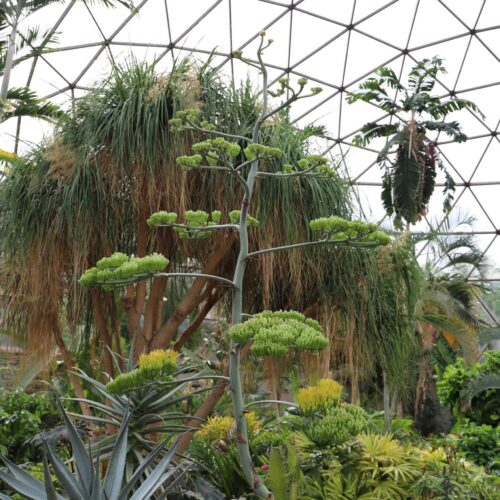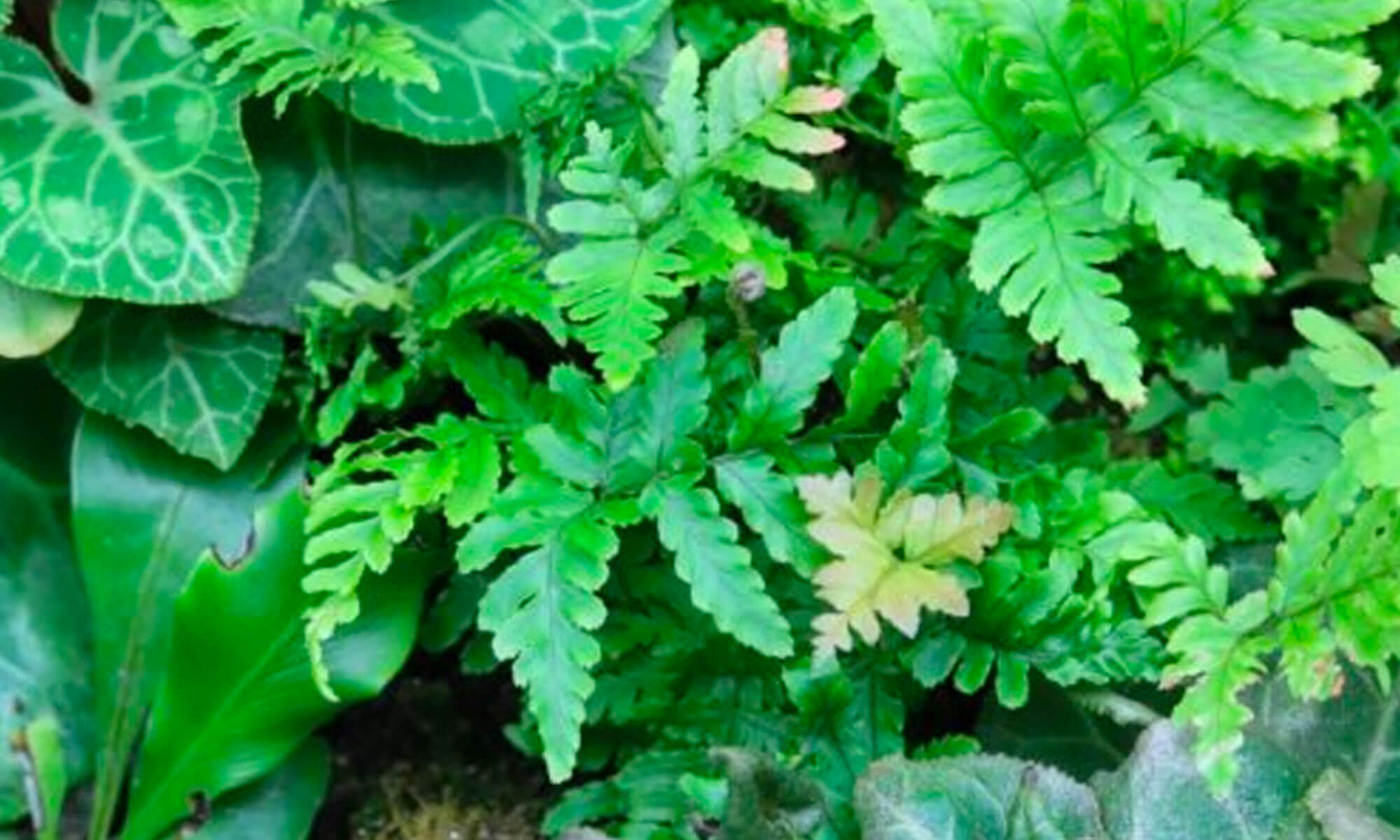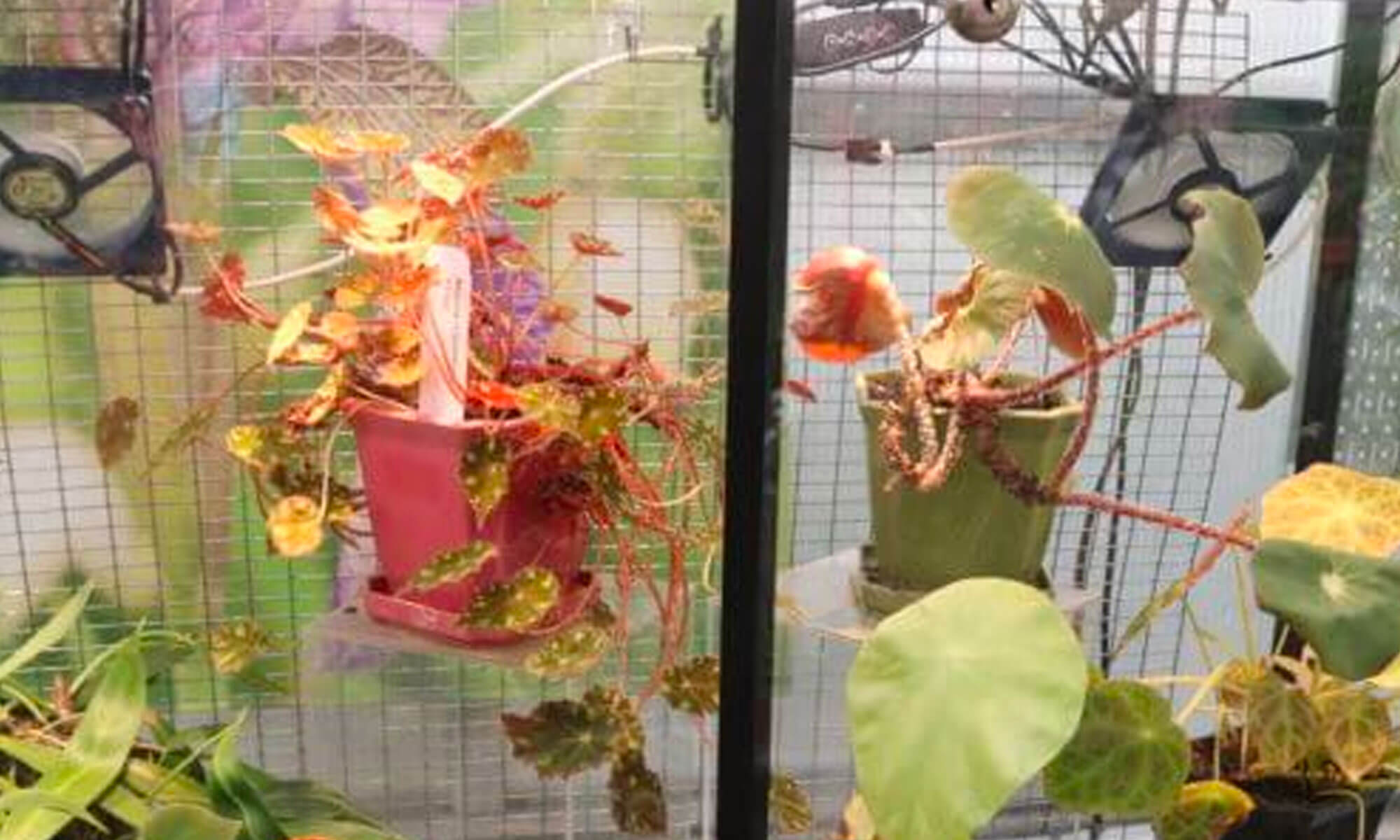Filmed and edited by Brent Roske p.g.a. of Roske.tv.
Frond Farewell to the Cuban royal palm
 After spending more than a decade in the Greater Des Moines Botanical Garden’s collection, the Roystonea regia (Roy-STOH-nee-uh REE-jee-uh), also known as a Cuban royal palm, will be removed from its home in the conservatory. The specimen was donated by Ron Allen (pictured) of Iowa City in October 2009 after realizing the palm he’d grown from seed had outgrown his house.
After spending more than a decade in the Greater Des Moines Botanical Garden’s collection, the Roystonea regia (Roy-STOH-nee-uh REE-jee-uh), also known as a Cuban royal palm, will be removed from its home in the conservatory. The specimen was donated by Ron Allen (pictured) of Iowa City in October 2009 after realizing the palm he’d grown from seed had outgrown his house.
“While the news is indeed sad that he’s coming down, we knew it was inevitable. I grew this palm from a seed in Iowa City, and after maybe four or five years, we knew it was getting a bit too big for our house, and we arranged for the Botanical Center to take it,” remembers Allen. “It’s certainly been amazing to see how well it adjusted and adapted to the environment, and I know that it gave tremendous pleasure to all who came to see it.”
 Towering over all the other plants in the conservatory, this palm is often one of the first things guests notice when entering the building. Palms have one single growing point above ground, called an apical meristem. All new leaves and flowers develop from this growth point. Without any lateral meristems (branches) or secondary growth (trunk growth), these plants are impossible to trim.
Towering over all the other plants in the conservatory, this palm is often one of the first things guests notice when entering the building. Palms have one single growing point above ground, called an apical meristem. All new leaves and flowers develop from this growth point. Without any lateral meristems (branches) or secondary growth (trunk growth), these plants are impossible to trim.
The large, divided leaves of the palm, known as fronds, are touching the 70-foot-tall roof of the conservatory and are at risk of applying enough pressure to the panels of the Garden’s geodesic dome to potentially damage the structure. Damage to the conservatory roof will cause subsequent damage to other accessions in the conservatory, and for that reason, the Cuban royal palm must be safely cut down.
“We’d really prefer to avoid the Cuban royal palm waving at passersby on I-235 through a window in the conservatory,” says Botanical Garden Director of Horticulture Aaron Harpold. “It is so hard to see a palm like this go, it’s one of the most beautiful Cuban royal palms I’ve seen, but space is limited in the conservatory and the safety of our guests and collection is paramount. The location the Roystonea regia is in now will be used to welcome a new species to our collection.”
 Guests were invited to visit the Botanical Garden to bid a “frond farewell” to the Roystonea regia before its scheduled removal on Monday, March 20. To ensure the safe removal of this large plant, work to remove it was completed when the Garden is normally closed to the public. The palm was accessible for guests to hug, high five, or simply take a closer look at before it’s replaced with another species of palm.
Guests were invited to visit the Botanical Garden to bid a “frond farewell” to the Roystonea regia before its scheduled removal on Monday, March 20. To ensure the safe removal of this large plant, work to remove it was completed when the Garden is normally closed to the public. The palm was accessible for guests to hug, high five, or simply take a closer look at before it’s replaced with another species of palm.
The horticulture team at the Botanical Garden received seeds of a Wodyetia bifurcata (foxtail palm) collected by Andy Schmitz, director of horticulture and general manager at The Brenton Arboretum. The seeds have been started, and three specimens are available to be planted in the space the Roystonea regia will provide. These palms will be on display until the healthiest foxtail palm is selected for planting.
Foxtail palms, endemic to a remote area in Queensland, Australia, have a similar growth habit to the Cuban royal palm but only reach a height of about 35 feet at maturity and sport a canopy of between five and 10 feet wide. These fast-growing palms grow well in full sun and increase in height by up to three feet per year. This palm was selected based on its size at maturity and the height restrictions of the conservatory. This and other strategic decisions are being made based on a comprehensive tree management and succession plan being developed by Harpold.
Weiss Tree Service Inc. removed the Cuban royal palm by first removing all of its fronds and then cutting sections of the stem. Each piece was lowered down using rope to gently bring them to the ground.










